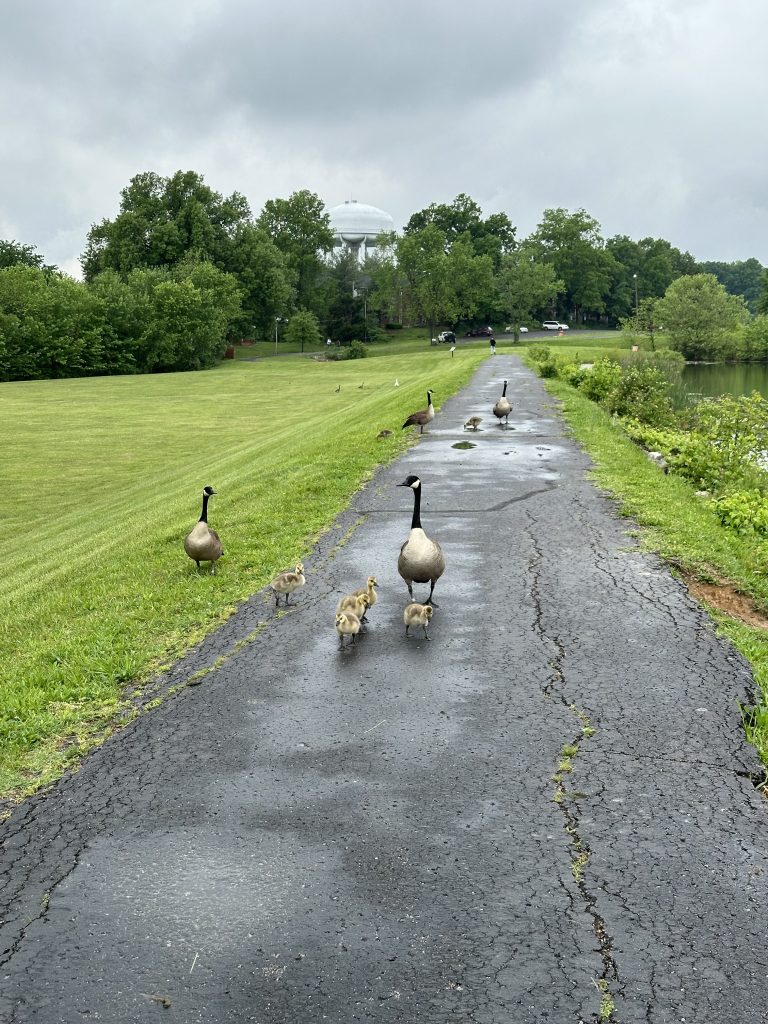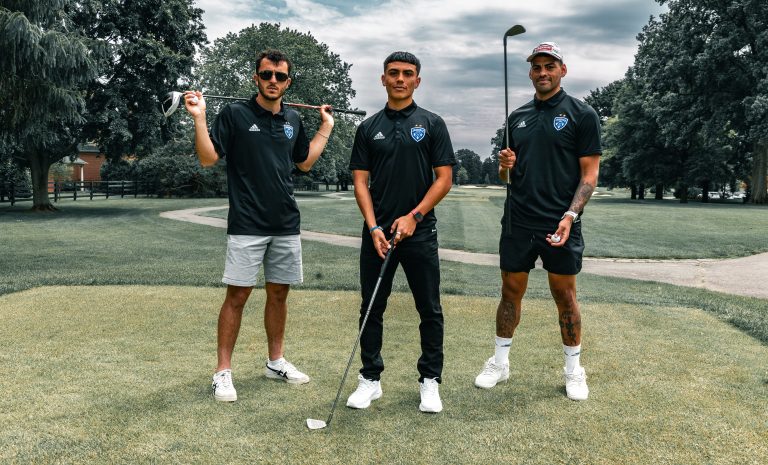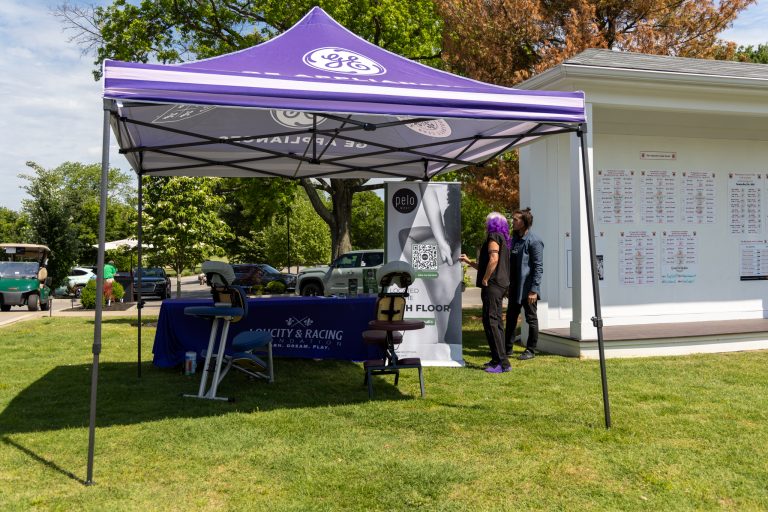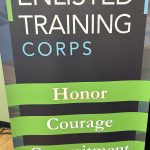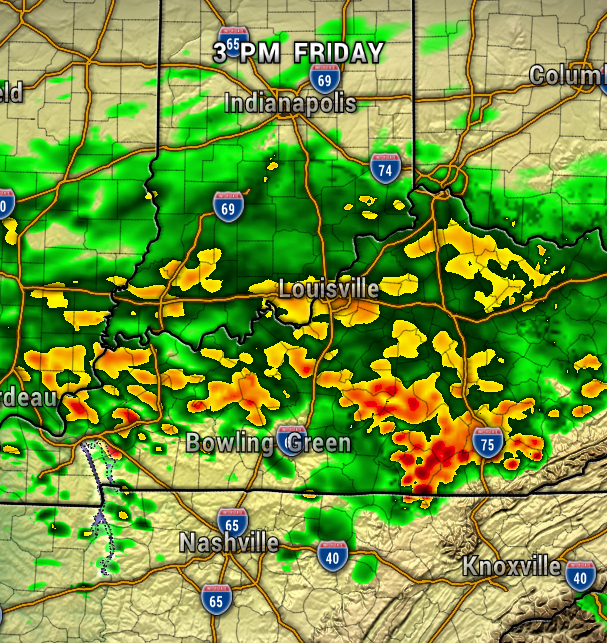
The end of another school year is in the books and almost immediately your children will want to start the annual rites of summer vacation
By Toni Konz
Whether it’s hanging out with friends, wanting to hit up local swimming pools or sitting in front of a television or smartphone for hours – odds are the last thing they want to do is anything that has to do with school or classwork.
As a parent of a 15-year-old son, I have been there. And as a reporter who has spent the past 14 years covering nothing but education stories, I know the significance of what many educators call the “summer brain drain.”
I’m here to tell you that there are a number of (fun) things you can do to help keep your kids learning this summer. Some of these things you can do together, others are things they can do on their own. The best part? They may not even know you are challenging them to use their minds.
Summer Camps. Let’s start with the obvious. There are a number of schools, churches and even businesses that are filled with lots of reading, math and problem-solving skills. You can google Southern Indiana or Louisville summer camps and find there are dozens to choose from. Some of my favorites are the FREE ones, like the JCPS “Literacy &” program for kids in grades K-5. It connects literacy instruction to character-building opportunities. Program themes include photography, yoga, robotics and hip-hop. Times, days & locations vary, call 502.485.3506.
Read every day and make it fun. This tip comes from Kenwood Elementary School teacher Tracy Madryga. “Make it so reading is something the kid HAS to do, but WANTS to do. Go to the library. Let them check out the books. Visit the zoo and museums in the area and discuss what they see and do.”
Have your child plan a day trip … to a local park or forest. Whether it’s Clifty Falls, Charlestown, Hoosier National Forest, Iroquois, Seneca or Cherokee parks in Louisville, or Mammoth Cave or Bernheim Forest – have your kids map out the driving distance (or walking route) and plan a schedule. Have them take a notebook and camera and ask them to write down observations and take pictures of flowers, plants, trees and wildlife. When then get home, ask them to write or create a project (even if it’s a photo gallery on social media) based on what they saw. Who says poster board projects are just for school?
Take them fossil hunting. The banks of the Ohio River in Clarksville are home to the 386-million-year-old Devonian fossil beds. Kids of any age will enjoy finding and exploring different fossils. The Indiana Department of Natural Resources suggests having them bring a spray water bottle (to see the fossils better), a magnifying glass (to examine them more closely), a ruler or a coin (to measure for scale) and some Play-Doh or molding clay so they can make casts and molds of small fossils to take home. Have them bring a notebook so they can rub or sketch the fossils and a camera so they can take pictures. In addition, pack a lunch. Picnic tables are scattered around the park. Parking is $2. There is a cost to visit the Interpretive Center, which was recently renovated and offers an exhibit gallery and other fun activities.
Bake a cake or make cookies. Almost every kind of baking recipe requires measurements and some basic math skills. Instead of one recipe, double it up and ask your kid how much flour, sugar and other ingredients are need. Ask them to measure it out and make sure you double check for accuracy. Make it fun. And if you don’t want all the extra cookies or cakes sitting around your house, drop them off to a local police or fire station or a senior citizens home.
Have them volunteer. An important part of life is learning how to give back to others. Visit an animal shelter, drop by a food kitchen and feed the homeless or research a non-profit organization and inquire about volunteering to help them – even if it’s just for a day.
Ask them to write or draw. Where do your kids see themselves in a year? What do they want to be when they get older and why? What would their dream summer vacation be like? Ask them to write (or draw) a response to a simple question. Even if it’s only for 20 to 30 minutes. You might even learn something you didn’t know.
Engage with them, have a conversation. This one seems simple, maybe even a little silly. This idea comes from my cousin, Tasha, who is a teacher in Wisconsin. “Kids of any age need experiences. They also need the language that goes along with those experiences. I predict the biggest deficit in the near future will be that our children will not have enough exposure to language. By this I mean … they need adults to engage in conversation with them. It can be conversations in the kitchen or the zoo or the park or wherever! Adults need to talk to kids. That’s how they learn.”
Give them a long-term project to do. From Kamaria Wesley, a teacher at Schaffner Traditional Elementary: “Give your kids a long-term project or two to complete. It can be something as simple as an extra summer daily chore around the house (taking care of the plants, mowing a neighbor’s grass) or following current events of interest. Engaging in the real world is so important. Kids need to also be able to have fun so they are not burnt out on the learning process.”
Challenge them to create their own game. Meyzeek Middle School teacher Buffy Sexton offers these ideas for pre-teens and teens: “Give them a budget and tell them to create an outing for the family (let them research online) or have them create quizlet.com flash cards about your family or themselves or a favorite pastime of theirs. They can also create a Kahoot game (go to getkahoot.com) for the family to play.” Another fun one: “Go to www.moviemistakes.com and find a movie and see if your kids can find all the mistakes or more.









